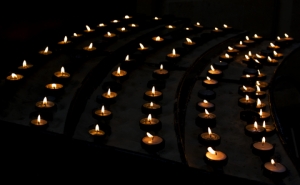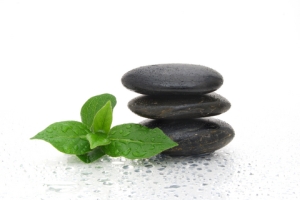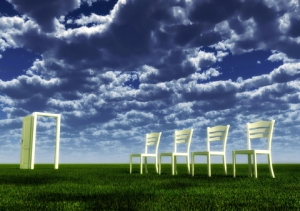A Brief Overview of the Sunni Sects
Following my last post on the difference between the Sunni and Shi’a Muslims, I have decided to delve a little deeper into the wide variation of belief (and practice) within the sects of these branches of Islam, starting with the Sunnis.
There are four major schools of thought within the Sunni population. The most widespread of these are the Hanafi. There are considered the most moderate of Islam, preferring an abstract fairness over legal rigidity. They have been around since late 700 CE. Their practices are used in the governments of Jordan and Egypt.
Of the more conservative sects of the Sunni are the Maliki. Their beliefs are based on the literal word of the Quran, the Hadith (traditions and sayings of the Prophet), and legal precedents drawn from decisions in Medina only (the first settlement of a Muslim community), with emphasis on the decisions of the very first Companions of the Prophet. (From the 80o’s CE).
Somewhere between these two are the Shafi’i. Al-Shafi’i (800’s ) was an extremely important jurist in Islam as well as a poet and a revered holy man. His memory remains forever popular with the poor of Cairo, among whom he is buried. People still stick supplications to his tombstone and his tomb is considered to have the power to cure sickness, although this is contrary to strict Islam. He favored logic and only wanted the hadiths reduced to only those sayings of the Prophet with a provable origin. Less liberal than Hanafi but less conservative than Maliki, many of the Shafi’i reside in Syria, Malaysia, and Indonesia. This is the fastest and largest growing sect.
The last major sect originated in the 800’s, it was originally called Hanbali (from a scholar of the same name). However, due to its extreme nature, it almost died from neglect until in the 1700’s when an Islamic scholar, Abd-al-Wahhab brought back this ultra conservative, authoritarian brand of Sunni Islam, now know as Wahhabi. It does not resemble any of the above “denominations”. They are extreme Puritans. It was Wahhabism that fueled the ferocious power on which ibn Saud built his kingdom. It is the official religion of Saudi Arabia. Ironically, they allow for complete freedom in commercial matters-something that Muhammad was utterly against. Wahhabis are in exact juxtaposition to Hanafism, which emphasizes good works and exterior acts over interior convictions as the true manifestation of faith. In addition, Wahhabis are opposed to all other approaches to Islam, especially Sufism. Not surprisingly, Osama Bin Laden was raised in the Wahhabi tradition.
 A few brief words about Sufism. There are Sufis in both the Sunni and Shi’a communities. They are the Islamic mystics and their history has been a rich tapestry of people and literature and ideas which have played a considerable role in the development of the religion of Islam. The word Sufi comes from the name of the rough woolen clothing worn by the mystics (an ascetic practice). Like the Christian mystics, Francis of Assisi, Teresa of Avila, or Thomas Merton, they too aspire to a complete union with God (tawhid). As well, they belong to orders (as the Catholics have the Franciscans, Carmelites, and Jesuits). These are called tariqa or dervishes. Each has practices or clothing particular to their order. You may recall the whirling dervishes; they are the Mevliv tariqa. The famous poet and mystic Rumi was a whirling dervish. The Wahhabis have outlawed Sufism, killing many of them and desecrating their cemetaries, especially those that contain walis, the saints of the Sufis.
A few brief words about Sufism. There are Sufis in both the Sunni and Shi’a communities. They are the Islamic mystics and their history has been a rich tapestry of people and literature and ideas which have played a considerable role in the development of the religion of Islam. The word Sufi comes from the name of the rough woolen clothing worn by the mystics (an ascetic practice). Like the Christian mystics, Francis of Assisi, Teresa of Avila, or Thomas Merton, they too aspire to a complete union with God (tawhid). As well, they belong to orders (as the Catholics have the Franciscans, Carmelites, and Jesuits). These are called tariqa or dervishes. Each has practices or clothing particular to their order. You may recall the whirling dervishes; they are the Mevliv tariqa. The famous poet and mystic Rumi was a whirling dervish. The Wahhabis have outlawed Sufism, killing many of them and desecrating their cemetaries, especially those that contain walis, the saints of the Sufis.
The next post will deal with the Shi’a sects and the importance of this knowledge in understanding the history of the diverse Muslim nations.
Book of the Day: The Sufi Path of Life, the Works of Rumi by William Chittick
Quote of the Day by the poet Rumi: “Load the ship and set out. No one knows for certain whether the vessel will sink or reach the harbor. Cautious people say ‘I’ll do nothing until I can be sure.’ Merchants know better. If you do nothing, you lose. Don’t be one of those merchants who won’t risk the ocean.”













